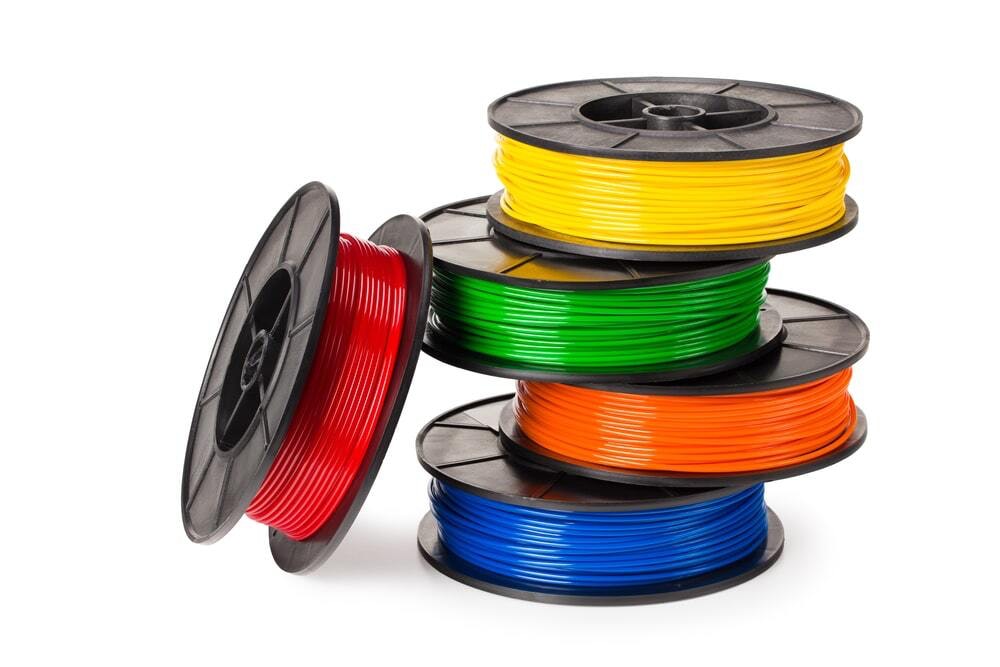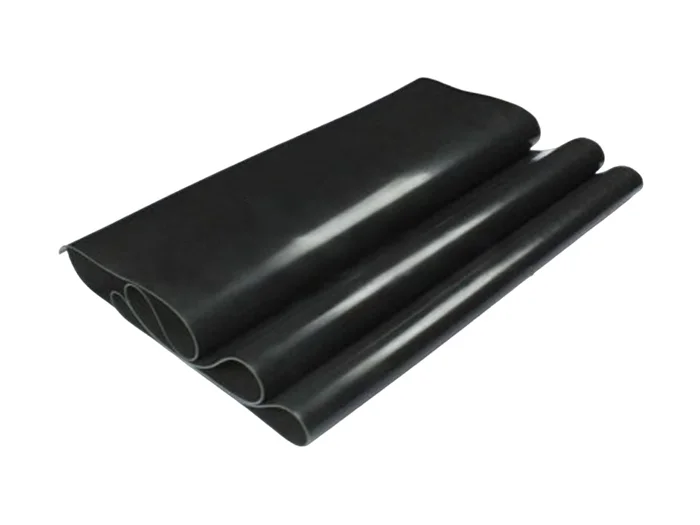In recent years, 3D printing technology has revolutionized various industries, enabling the creation of intricate designs and prototypes. However, concerns regarding the safety of 3D printer plastic have emerged. This blog post aims to delve into the safety aspects of 3D printer plastic, addressing its potential risks and providing insights into its safe usage.
- Understanding 3D Printer Plastic:
3D printer plastic, also known as filament, is the material used in the additive manufacturing process. It comes in various types, including ABS, PLA, PETG, and more. Each type has distinct properties, such as strength, flexibility, and heat resistance, making them suitable for different applications. - Analyzing the Safety of 3D Printer Plastic:
a. Chemical Composition: 3D printer plastics are typically composed of polymers, additives, and colorants. It is crucial to ensure that the chosen filament is sourced from reputable manufacturers who adhere to strict quality control standards.
b. Emissions during Printing: When 3D printer plastic is heated, it may release volatile organic compounds (VOCs) and ultrafine particles (UFPs). While the emission levels vary among different filaments, it is advisable to operate 3D printers in well-ventilated areas or employ air filtration systems to minimize exposure.
c. Potential Health Risks: Prolonged exposure to high levels of VOCs and UFPs may pose health risks, including respiratory irritation and allergic reactions. However, studies suggest that with proper ventilation and adherence to safety guidelines, the risks can be mitigated effectively.
- Best Practices for Safe 3D Printing:
a. Filament Selection: Opt for filaments that are labeled as low VOC or low emission, as they are specifically designed to minimize potential health hazards. Conduct thorough research on the filament's safety data sheet (SDS) and choose materials that comply with relevant safety standards.
b. Ventilation and Filtration: Ensure adequate ventilation in the printing area to dissipate emissions. Consider using fume hoods, exhaust fans, or air purifiers equipped with HEPA filters to maintain a clean and safe working environment.
c. Personal Protective Equipment (PPE): When handling 3D printer plastic, it is advisable to wear gloves and a respiratory mask to minimize direct contact and inhalation of particles. Additionally, proper hygiene practices, such as washing hands after handling filaments, should be followed.
d. Regular Maintenance: Keep the 3D printer well-maintained and clean to prevent the accumulation of dust and debris, which can potentially affect print quality and emit harmful particles.
- Future Developments and Research:
As the 3D printing industry continues to evolve, manufacturers are actively working towards developing safer filaments with reduced emissions. Ongoing research focuses on improving the chemical composition of filaments and exploring alternative materials that offer enhanced safety profiles.
Conclusion:
While the safety of 3D printer plastic is a valid concern, understanding the potential risks and implementing appropriate safety measures can ensure a safe printing environment. By selecting reputable filaments, maintaining proper ventilation, and utilizing personal protective equipment, users can confidently harness the power of 3D printing while prioritizing their well-being.
Remember, staying informed about the latest research and advancements in 3D printer plastic safety is crucial for both professionals and enthusiasts alike. Embrace the possibilities of 3D printing while prioritizing safety at every step.






+ There are no comments
Add yours